Under Adolf Hitler’s rule, April 20th had transformed into something far more significant than a mere national holiday. It was effectively a sacred day within the Nazi ideological calendar—a carefully orchestrated religious festival dedicated to worshipping Hitler as the embodiment of Germany itself. Parades, speeches, rallies, and immense public celebrations marked past birthdays, reinforcing a cult of personality filled with religious fervor. For millions of Germans, Hitler was not just their leader but their prophet, their savior.
But those days were gone.
Hitler’s 56th birthday celebration starkly revealed how far Nazi Germany had fallen. After a brief gathering of top party and government officials in the bombed-out Reich Chancellery, Hitler spent his last birthday trapped within the suffocating confines of his underground Führerbunker below the Chancellery. It would be his home until his suicide.
Senior Nazis—once proud symbols of Hitler’s regime—briefly visited to deliver perfunctory congratulations, their minds clearly preoccupied with escape rather than celebration. Hermann Göring, first in line to succeed Hitler, and Heinrich Himmler, head of the feared SS, both rush through their well-wishes before quickly leaving the collapsing city behind them. Armaments Minister Albert Speer also made an appearance and left Berlin, but he would return again before the end.
Not everyone sought to flee. Joseph Goebbels, Hitler’s fanatically loyal Propaganda Minister, along with his Private Secretary and trusted confidant Martin Bormann, remained in the bunker, determined (perhaps resigned) to share their fate.
Throughout the grim proceedings, many urged Hitler to evacuate Berlin while he still could, but he adamantly refused. “I will never leave Berlin,” he insisted, clinging obsessively to his delusion of victory or martyrdom.
That same day produced the final footage ever taken of Hitler; surreal, disturbing images capturing the crumbling dictator shakily greeting child soldiers from the Hitler Youth and the Volkssturm. The film illustrates his physical deterioration; his left hand visibly trembling, his once commanding presence now reduced to a fragile, sickly figure. Yet stubbornly, Hitler maintained the pretense of a confident leader, patting frightened children on the cheek and congratulating them as brave men defending the Reich.
It is this haunting footage that conspiracy theorists and sensationalized programs like the so-called History Channel’s Hunting Hitler falsely claim as “the last time Hitler was seen in public.” Such statements are fundamentally misleading at best. The Führerbunker below, like the Reich Chancellery above, was not a private sanctuary; it was a heavily trafficked space with both public and private areas, continuously visited by military officers, government officials, party officials, secretaries, aides, guards, and various others. Hitler remained publicly visible, accessible, and consistently observed by many people right up until his death.
The undeniable truth of April 20, 1945, is clear: Adolf Hitler, physically and psychologically shattered, had no intention—and realistically, no possibility—of escaping anywhere for long. He could have a short-lived life on the run, or he could have a short-lived end where he was, and he chose to stay. As we shall see, in the following nine days, all the well-documented eyewitness testimonies and historical records back this up.
FULL SERIES:
Yes, Hitler Really Did Commit Suicide, 80 Years Ago
Part 1: April 20, 1945 – Hitler’s Last Birthday
Part 2: April 21, 1945 – The Net Tightens
Part 3: April 22, 1945 – The Breaking Point
Part 4: April 23, 1945 – The Succession Panic
Part 5: April 24, 1945 – The Axis of Betrayal
Part 6: April 25, 1945 – No Way Out
Part 7: April 26, 1945 – The Sky Closes
Part 8: April 27, 1945 – Rienzi
Part 9: April 28, 1945 – Wedding Day
Part 10: April 29, 1945 – The Day Before the End

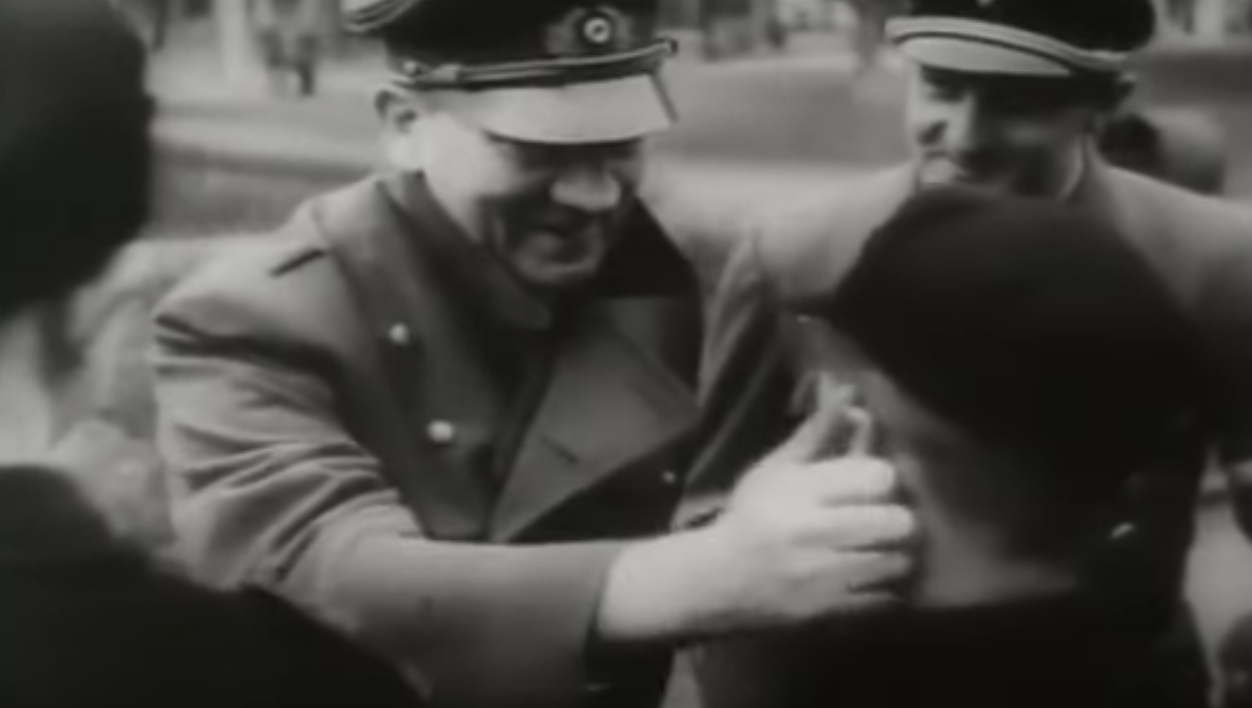
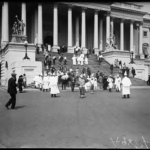


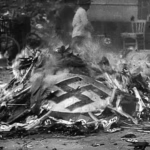



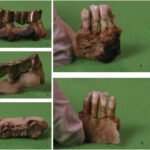
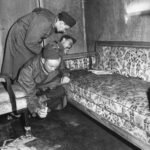
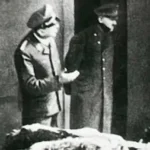

Leave a Reply